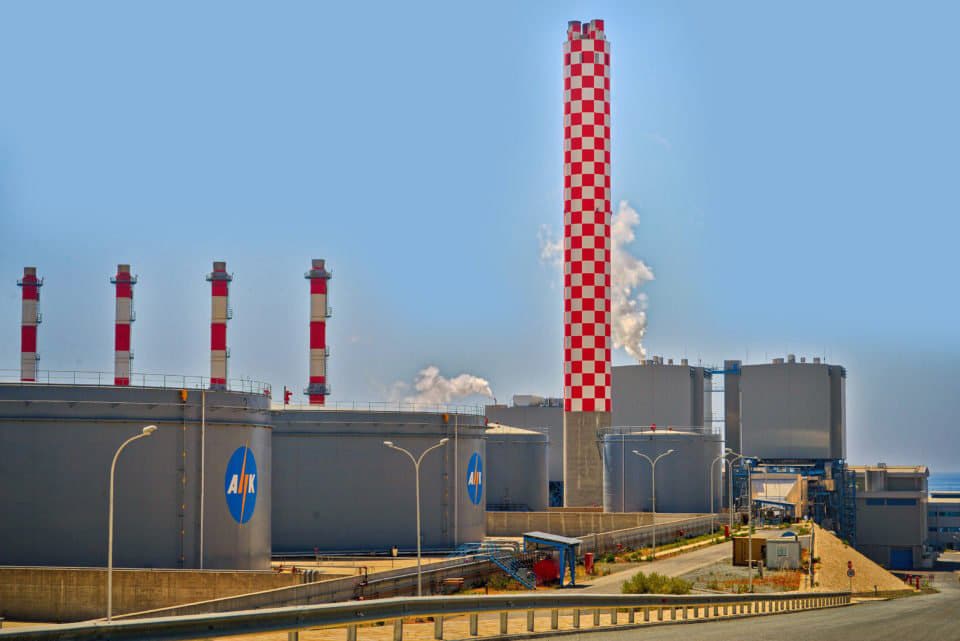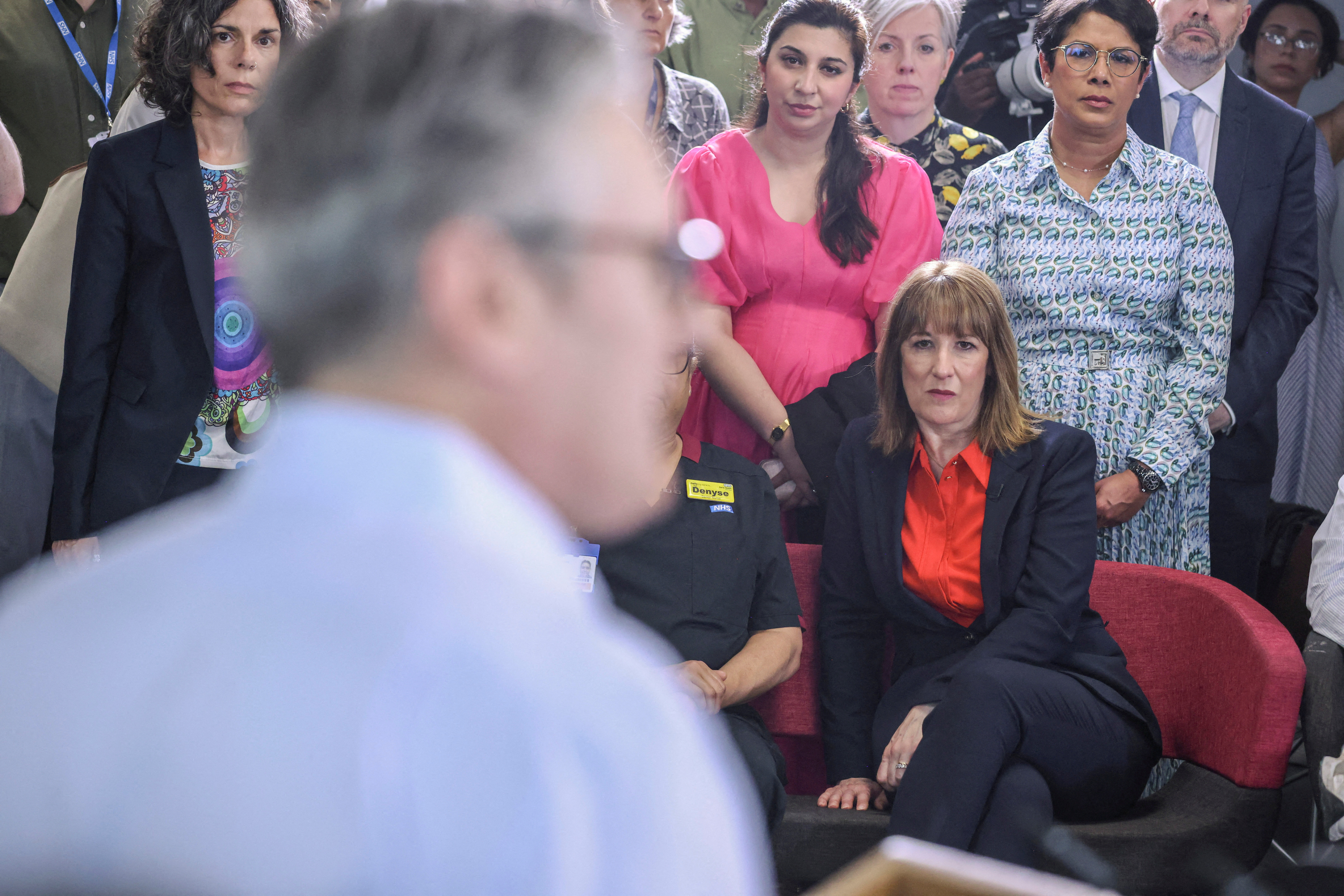Cyprus is about to be hit by a tsunami of new climate targets to be met by 2030
That was the warning at the European Gas Conference in Vienna this week. “Global energy markets are heading into a self-inflicted train-crash in slow motion.” At a time of rising energy demand, investment in oil and gas, but also in renewables, is lagging far behind fast-rising demand.
The global energy crisis has put energy security on top of the agenda. Energy reality and the social dimension are coming to the fore, alongside secure, equitable and environmentally sustainable energy. The world needs a just and equitable energy transition.
In the meantime, experts are already concerned that last year’s energy challenges could be repeated next winter. We are not out of the woods yet.
Cyprus is not immune to these challenges. But it is also facing additional, and serious, self-inflicted problems: power plants coming off-line with replacements not yet in sight, solar-panel installations slowed-down because of an outdated grid and lack of battery storage, natural gas supplies to replace oil in power generation ‘in-the-lap-of-the-gods’, with the ever-increasing cost of carbon emission allowances making electricity a luxury, instead of an affordable citizen right.
Global energy challenges
The UN International Panel for Climate Change (IPCC) issued a report mid-March that makes alarming reading. Global warming is becoming increasingly dangerous with irreversible consequences should the world fail to change course. IPCC called for an immediate stop in fossil-fuel consumption and a rapidly accelerated switch to clean energy. But how feasible is this?
Over 80 per cent of global primary energy comes from fossil-fuels. And this has been the case over the past 30 years, despite massive investments in renewables. Forecasts show that by 2030, the contribution of fossil-fuels will still be about 78 per cent.
The main reason is that global energy demand carries on growing, but renewables and clean energy technology are not growing fast-enough to cover this growth, let alone replace fossil-fuels.
According to Bloomberg and the International Energy Agency, investments in clean energy must increase by a factor 3-4 from current levels, and remain at that level every year if the world is to achieve net-zero by 2050.
In the meantime, because of climate change and government pressure, oil and gas companies are keeping investments low, around 50 per cent of the levels before the oil price crush in 2015 and still lower than pre-pandemic levels.
This is happening at a time when oil demand is rising. It went up by 2.3 million barrels/day (mb/d) in 2022 and it is expected to rise by another 2mb/d this year to over 102mb/d. This upward oil, but also gas, demand trend is expected to continue for the rest of this decade, albeit at a slower pace.
Even though the price of Brent crude-oil is now back to $80/barrel, this level is considered to be temporary – the result of the banking crisis. Most forecasters expect it to rise further, nearer $100/barrel and probably higher.
This lack of investment, both in renewables and fossil-fuels, is bound to lead to another energy crunch, another crisis, and higher prices.
Europe’s challenges
Europe is still accelerating energy transition away from fossil-fuels, even though renewables and green-hydrogen are not increasing to the levels required to meet energy demand. A recipe for another crisis.
This week the EU agreed on a new renewable energy target of 42.5 per cent share of gross final energy consumption by 2030. This is almost double the level achieved so far. Moreover, combined with a 55 per cent cut in emissions, this new target implies that the share of renewables in electricity must rise close to 70 per cent by 2030. And it is not just renewables. The revised Directive includes many new ambitious targets for industry, transport, shipping, heating and cooling, and buildings.
These new targets are on top of the deal struck early March to cut EU’s final energy consumption by a legally-binding 11.7 per cent by 2030. In addition, in December, the EU agreed that sectors covered by the Emissions Trading System (ETS) – like EAC – will have to cut their emissions 62 per cent below 2005 levels by 2030 –a significant increase on the 43 per cent target applicable previously.
In the meanwhile, emission allowance (EUA) prices have increased to €92/tonne CO2 and are expected to exceed €100 by end of the year, and higher in future.
Cyprus’ mounting problems
Cyprus is about to be hit by a tsunami of new climate targets to be met by 2030. These will be much higher than Cyprus has been facing so far, even though it is struggling to get anywhere near existing targets.
In order to respond to the new targets and avoid being hit by penalties, Cyprus will need to accelerate transition to clean energy, increase uptake of renewables four-fold in comparison to today’s levels, massively improve energy efficiency and switch power generation from oil to natural gas as soon as possible.
Given its antiquated electricity system and grid, lack of battery storage and with energy market liberalisation still incomplete, Cyprus has a mountain to climb.
As we all know the impact of EUA prices on electricity prices has been crippling – and it is rising. EAC says that the energy prices in Cyprus are high because the cost of fuel and the cost of purchasing EUA are at extremely high levels. According to EAC “these two account for about 70 per cent of the electricity bill. Only when these prices go down will the bill go down.”
At least in the foreseeable future this is unlikely to happen. As explained earlier, both the cost of fuel oil and EUAs are expected to rise further. If EAC carries on using oil, based on the expected prices of oil and EUAs, by early 2024 the price of electricity would go up by over 12 per cent from current levels.
However, a switch to natural gas early next year, and taking into account the expected prices of natural gas and EUAs by then, would keep electricity prices at about today’s level.
A claw-back of renewable company super-profits –agreed by the EU– could be used to help vulnerable consumers. But despite the fact that the previous government promised to deal with this by early this year, it is still outstanding, as is almost everything else energy-related.
The fears for an energy price surge are real. The impact of EU’s new climate targets on Cyprus’ energy is real. The longer Cyprus delays taking serious action the more difficult it will become. Acting proactively now, based on a new energy plan, can transform Cyprus’ energy sector and prices. Acting late and reactively risks making a very difficult situation worse for people, industry and the economy.
Dr Charles Ellinas is a Senior Fellow at the Global Energy Centre Atlantic Council
@CharlesEllinas







Click here to change your cookie preferences